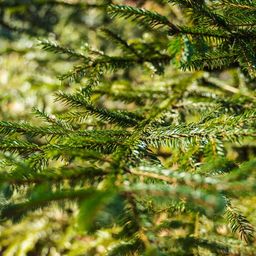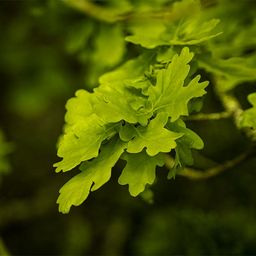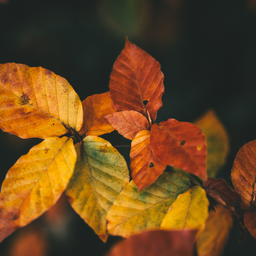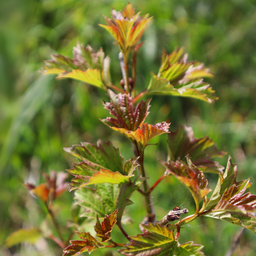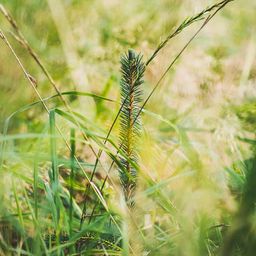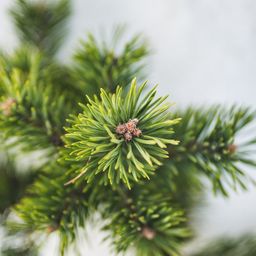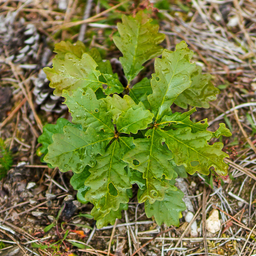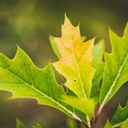
Red Oak: Meaning and use
The Red Oak originates from North America and is the symbol tree of the state of New Jersey.
Red Oak
Introduced to Europe in 1724, the Red Oak has become a popular choice for city streets due to its strong resistance to pollution. Its properties, robustness, and fast growth make it an increasingly valued species among foresters. The Red Oak's qualities are becoming more widely recognised and appreciated in forestry.
Why does EcoTree plant Red Oaks?
EcoTree plants Red Oak because they are much more resistant to drought than Sessile and Common Oaks, which is one of the advantages of this species. Furthermore, Red Oak maintains a higher level of photosynthetic activity than other oaks.
Red Oak - Overview
Red Oak - Overview

Red Oak - Species requirements
The Red Oak is well-suited for acidic soils and rich, hydromorphic sites, thriving particularly well in clay soils. However, avoid planting young trees in chalky soil, as they are sensitive to excess water and limestone. The best time to plant red oaks is in autumn or spring, ensuring their roots grow deep and spread out in optimal conditions.
This resilient tree prefers sunny to semi-shady locations. It can withstand winter temperatures as low as -35°C and is tolerant of atmospheric pollution. Additionally, the Red Oak is resistant to drought, poor soil, and powdery mildew. During the first two years after planting, it requires regular watering to establish well.
Capable of growing at altitudes up to 850 metres, the Red Oak is a hardy and adaptable choice for various environments.
The Red Oak's wood
Although still undervalued in Europe, Red Oak wood is interesting in more ways than one and is developing well, achieving attractive market prices. Its grain is coarser than that of native Oaks, and it has a pinkish-brown colour. The colour of its sapwood is very different from that of its heartwood.
Its qualities are similar to those of other Oaks, making it a very good wood for joinery and cabinet making. It is also used for carpentry and as energy wood. However, due to the low tannin content of its wood, it is not suitable for making barrels, as the alcohol preserved in these barrels would take on an unpleasant taste.
The Red Oak's Symbolism
The Red Oak is often associated with absolute love. It is probably because of its vivid colour, its leaves that turn red in the autumn and its ever-shining appearance that the Red Oak represents passionate and absolute love. When we talk about red, a feeling comes immediately to mind: "passion". It is therefore the ideal gift for Valentine's Day and a love wish to your loved one. How about turning a bouquet of red roses into an original and long-lasting Valentine's Day gift?
Say "I love you" with trees that will keep on growing!
Our selection of trees
Our goal is to enable anyone to do something that benefits nature and helps us to live in a more harmonious world. So why not become a tree owner in a European forest and help combat climate change?
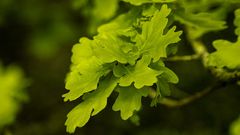

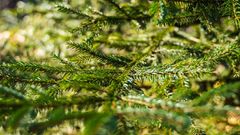



Please note that this is promotional communication. See our notice of information.

